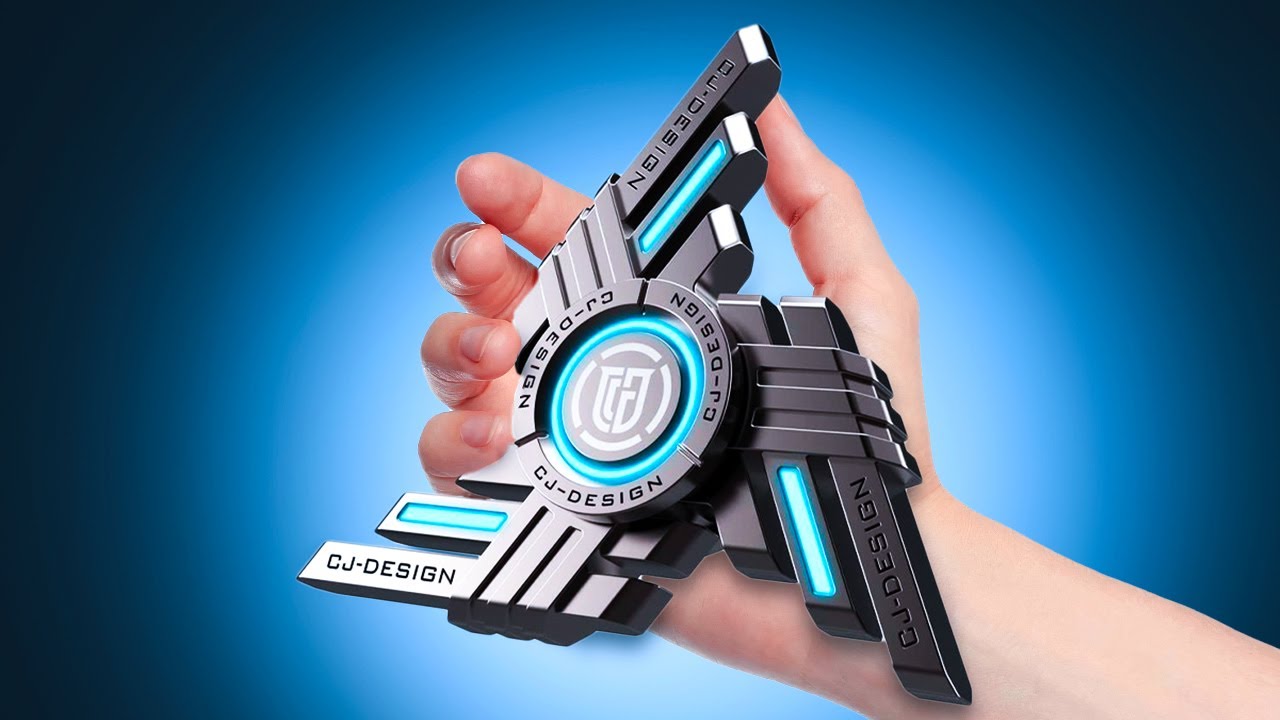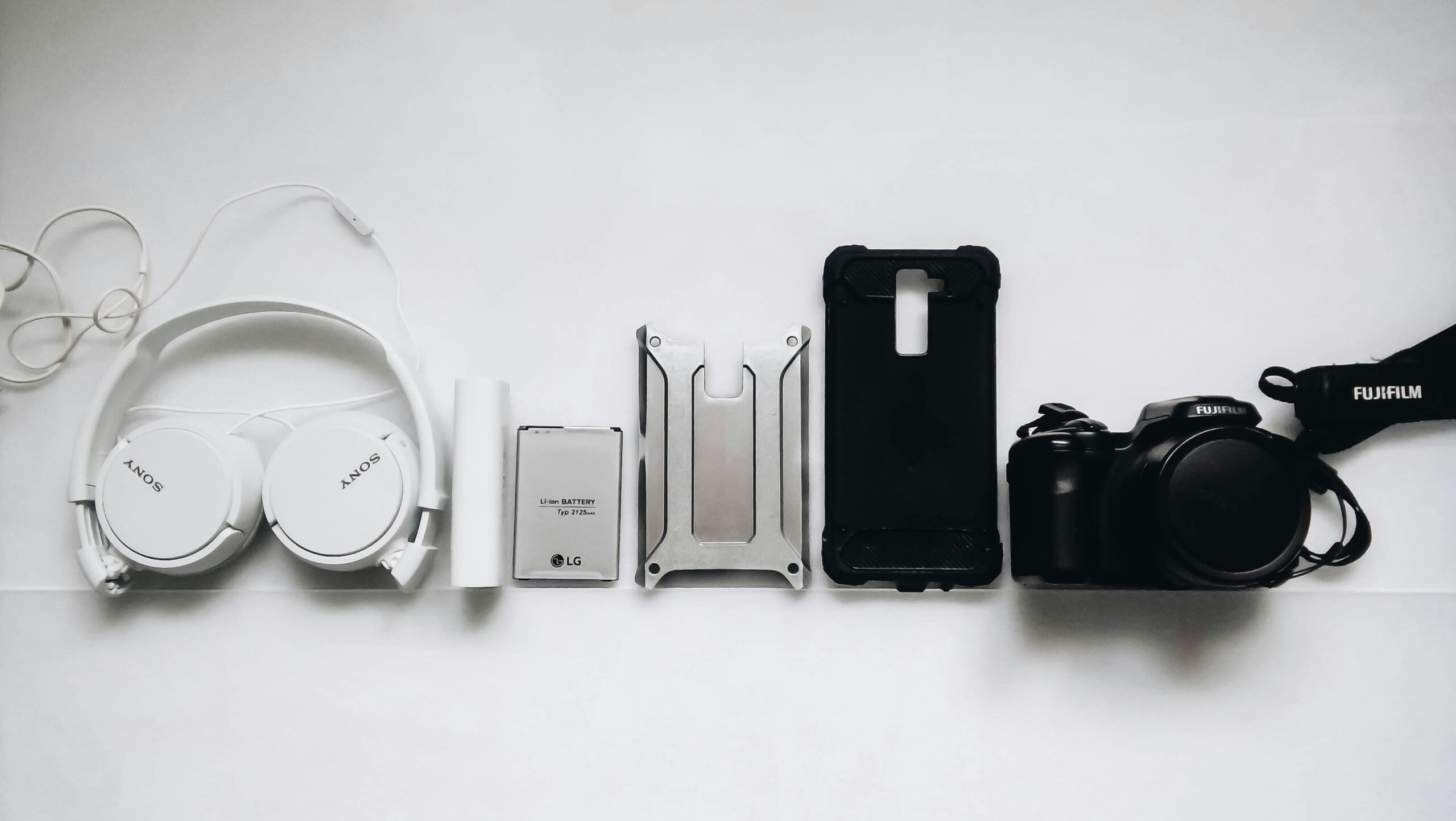In the fast-paced world of technology, gadgets have become an integral part of our daily lives. From smartphones and smartwatches to laptops and smart home devices, the evolution of these gadgets goes beyond mere functionality. One aspect that has gained significant importance in recent years is gadgets aesthetic – the art and science of designing devices that not only perform well but also look good while doing it.
Contents
The Shift Towards Aesthetic Gadgets
Traditionally, gadgets were primarily designed with a focus on functionality. The early computers and mobile phones were bulky, with little consideration for aesthetics. However, as technology advanced and consumer preferences evolved, the industry underwent a paradigm shift. Manufacturers began to recognize the importance of design in attracting consumers.
The Rise of Minimalism Aesthetic Gadgets
In the pursuit of sleek and visually appealing gadgets, the design philosophy of minimalism gained prominence. Minimalist design focuses on simplicity, clean lines, and a reduction of unnecessary elements. This approach not only enhances the overall look of the gadget but also contributes to a more user-friendly experience.
Smartphones, for instance, have undergone a transformation from clunky devices with physical keyboards to slim, touch-sensitive screens with minimal bezels. This shift towards minimalism not only improves the aesthetics but also reflects an understanding of the user’s desire for a streamlined and elegant device.
Integration of Premium Materials Aesthetic Gadgets
Another crucial aspect of gadget aesthetics is the use of premium materials. High-quality materials not only add a sense of luxury to the device but also contribute to its durability. Aluminum, glass, and ceramic are commonly used in smartphones and laptops to impart a premium feel.
Manufacturers have also experimented with unconventional materials, such as carbon fiber and titanium, not only for their aesthetic appeal but also for their lightweight and robust properties. The choice of materials plays a pivotal role in shaping the overall design language of a gadget.
Customization and Personalization
Gadget aesthetics are increasingly becoming a matter of personal expression. Manufacturers are catering to this trend by offering customization options for users. Smartphones, in particular, come in a variety of colors and finishes, allowing consumers to choose a device that aligns with their personal style.
Customizable wallpapers, themes, and accessories further enhance the personalization aspect. This not only adds a unique touch to the gadget but also creates a deeper connection between the user and the device.
The Intersection of Form and Function
While aesthetics are undoubtedly important, the best-designed gadgets seamlessly integrate form and function. A beautifully designed gadget should not compromise on performance. The challenge for manufacturers is to strike the right balance between aesthetics and functionality.
Innovations such as edge-to-edge displays, foldable screens, and pop-up cameras showcase how design can enhance the functionality of gadgets. These features not only serve a practical purpose but also contribute to the overall visual appeal of the device.
In the ever-evolving landscape of technology, gadgets aesthetic have emerged as a critical factor influencing consumer preferences. The shift towards minimalist design, the use of premium materials, customization options, and the seamless integration of form and function showcase the industry’s commitment to delivering devices that not only perform exceptionally but also look and feel extraordinary.
As we continue to witness advancements in technology, it is clear that the aesthetic of gadgets will play an increasingly vital role in shaping the consumer experience. Gadgets enthusiast can expect a future where innovative design and cutting-edge functionality go hand in hand, offering a harmonious blend of style and substance.



